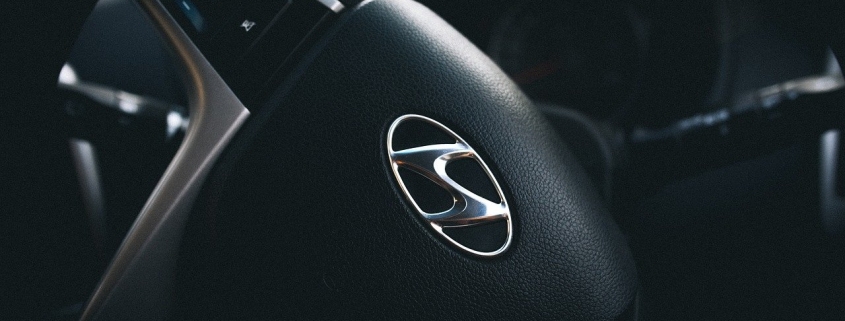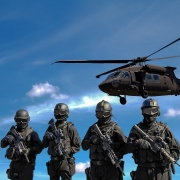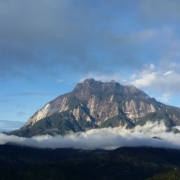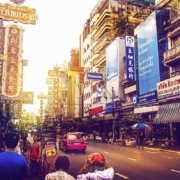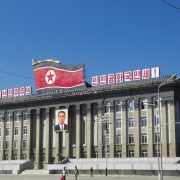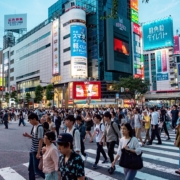Why is Hyundai so successful?
Topic of Study [For H2 History Students]:
Paper 1: Understanding the Global Economy (1945-2000)
Section B: Essay Writing
Theme II Chapter 3: Rise of Asian Tigers from 1970s to 1990s [South Korea and Taiwan]
Humble beginnings
Chung Ju-yung was born in poverty-stricken family that relied on farming to make a living. After the end of the Second World War, Chung established the Hyundai Engineering and Construction Company (HECC). The HECC began its operations as a civil engineering subcontractor that provided maintenance and repair work in the 1950s.
A turn of events: The Korean War
During the Korean War, the HECC took on projects by the United States Army, enabling it to expand into one of the leading construction companies in South Korea. Furthermore, Chung worked with the Rhee administration to secure construction projects for the development of local infrastructure.
When General Park Chung-hee took over in the 1960s, Chung continued to obtain contracts to entrench Hyundai’s market dominance, such as the development of the Gyeongbu Expressway. Externally, the HECC helped to develop infrastructure in Vietnam and the Middle East, which proved to be a fortuitous time for diversification.
The success of HECC in the construction industry, aided by support from the Park military government, enabled Hyundai to diversify into the automobile and shipbuilding industries and establish the Hyundai Motor Company and Hyundai Heavy Industries in 1967 and 1974.
… This aggressive entry into the Middle East market had important implications for the growth of both HECC and the Hyundai Business Group. It enabled HECC to become an international construction company no longer dependent on its domestic market. Moreover, the rapid expansion of its heavy industrial construction projects created a large internal demand for materials, enabling Hyundai to strengthen its monopoly position in the domestic construction market during the 1970s.
An excerpt from “The Chaebol and Labour in Korea: The Development of Management Strategy in Hyundai” by Seung-Ho Kwon and Michael O’Donnell.
Enter Hyundai Motor
Initially, the Hyundai Motor Company (HMC) forged a joint agreement with the US-based Ford Motor Company. Yet, the lack of consensus over managerial and marketing issues led to the termination of the partnership in the early 1970s. In 1976, HMC developed its first car, the Hyundai Pony, in 1976.
The Hyundai pony was developed with the support of the Mitsubishi Motor Company that sought to expand its market access beyond the shores of Japan. Hyundai was granted a technical licensing agreement, which enabled it to develop its very own nameplate cars.
Additionally, Chung roped in George Turnbull, who was formerly the president of the British Leland – an automotive company. Turnbull assumed the role as vice president of the HMC. In two years, Turnbull oversaw the development of the car production facilities in Ulsan.
By 1976, the new plant was completed and the first cars began rolling off the assembly line. Chung named the new model the Pony, a familiar name to many Koreans who were brought up on American Western movies. The Pony was a 1.2 liter rear-wheel-drive subcompact of modest quality. No market research had been done. Chung and his company had simply designed and built the car they thought the Korean people should have. President Park guaranteed the financing; Hyundai built it. It was Korea’s first national car.
An excerpt from “Made in Korea: Chung Ju Yung and the Rise of Hyundai” by Richard M. Steers.
From mid-1970s onwards, the HMC moved beyond the limited domestic market to the export markets. Alongside other similar automakers like Daewoo and Kia, the HMC increased export production in the 1980s. Hyundai Motors set up a production facility in 1985, which had an annual capacity of 300,000 units. By the mid-1980s, more than half of the total car production was exported, enabling the South Korean economy to benefit from continued current account surpluses by 1989.
What can we learn from this article?
Consider the following question:
– Assess the reasons for the rise of Hyundai from the 1970s to 1980s.
Join our JC History Tuition to learn more about chaebols and other factors relating to the Asian Tigers. The H2 and H1 History Tuition feature online discussion and writing practices to enhance your knowledge application skills. Get useful study notes and clarify your doubts on the subject with the tutor. You can also follow our Telegram Channel to get useful updates.
We have other JC tuition classes, such as JC Math Tuition and JC Chemistry Tuition. For Secondary Tuition, we provide Secondary English Tuition, Secondary Math tuition, Secondary Chemistry Tuition, Social Studies Tuition, Geography, History Tuition and Secondary Economics Tuition. For Primary Tuition, we have Primary English, Math and Science Tuition. Call 9658 5789 to find out more.

